Table of Contents
- An Overview to the Top differences between TOEFL vs IELTS
- What is IELTS?
- What is TOEFL?
- IELTS Pattern vs TOEFL Pattern
- TOEFL Reading section vs IELTS Reading section
- IELTS Listening Section vs TOEFL Listening Section
- IELTS Speaking Section vs TOEFL Speaking Section
- IELTS Writing Section vs TOEFL Writing Section
- IELTS vs TOEFL | Who accepts what?
- Major difference between TOEFL and IELTS
- IELTS vs TOEFL Which is easier?
- Key takeaways
- FAQs
An Overview to the Top differences between TOEFL vs IELTS
Although IELTS and TOEFL demonstrate your knowledge of the English language, they do so in different ways. Plus, most universities give value to one or the other depending on the subject and the country you choose. So to help you decide between IELTS vs TOEFL and find out which is easier, we share a few essential aspects you should consider while choosing. Read along to find out more details about each test and decide which one is the most fitting for you!
But before we compare these 2 exams, let’s understand them better.
What is IELTS?
The International English Language Test System (IELTS) is for both students and working professionals. It’s even taken by those who want to immigrate to foreign countries.
When it comes to education, several universities accept the IELTS all over the world, including those in Canada, the US, Australia, New Zealand, the United Kingdom, etc.
All in all, 10,000 institutions in more than 140 countries around the world accept IELTS exam scores.
Testing medium for IELTS
Coming to the testing medium, you can take this test on paper or online. In any of its 2 versions, you will see different forms of questions, even short essays to write down.
You can do the test in less than 3 hours.
The speaking part is taken in person with only one examiner in front of you, who will be in charge of evaluating you. This part may take place on a different date than the rest of the test, and it displays a variety of accents in the English language.
The listening part implies answering questions of diverse lengths while you simultaneously listen to some recordings of lectures or carefully planned conversations for that purpose.
The IELTS grades from 1 to 9, and they take the overall score from the result of the four-part written test.
What is TOEFL?
The Test Of English as a Foreign Language (or TOEFL) is an English proficiency test by the Education Testing Service (ETS). Most universities around the globe also accept it.
While the TOEFL exam is available in both internet/online (TOEFL iBT) and pen-paper (offline) formats, 98% of TOEFL test takers worldwide opt for the TOEFL iBT test due to the convenience and ease of the testing manner.
It focuses on evaluating your English communication skills in detailed settings like academic, classroom-located, and university environments.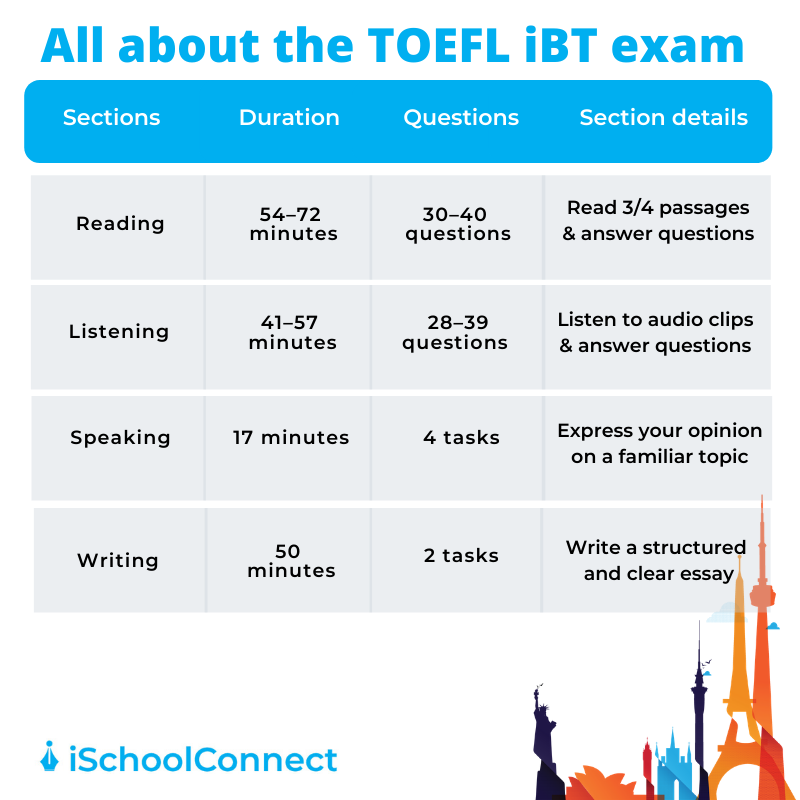
Students must attempt the TOEFL exam by typing all the answers on a computer. During the speaking part, six reviewers are in charge of checking your recorded answers. This takes 20 minutes, and it’s performed on the same day as the rest of the evaluation.
As for the writing part, you have to write a 350-word essay containing five paragraphs for the first task. For the second one (lasting 20 minutes), you have to create a 225-word response to the excerpt of a lecture from which you previously took notes while listening to it.
All in all, comprehension is what the TOEFL evaluates most stringently, with a scoring system from 1 to 120.
IELTS Pattern vs TOEFL Pattern
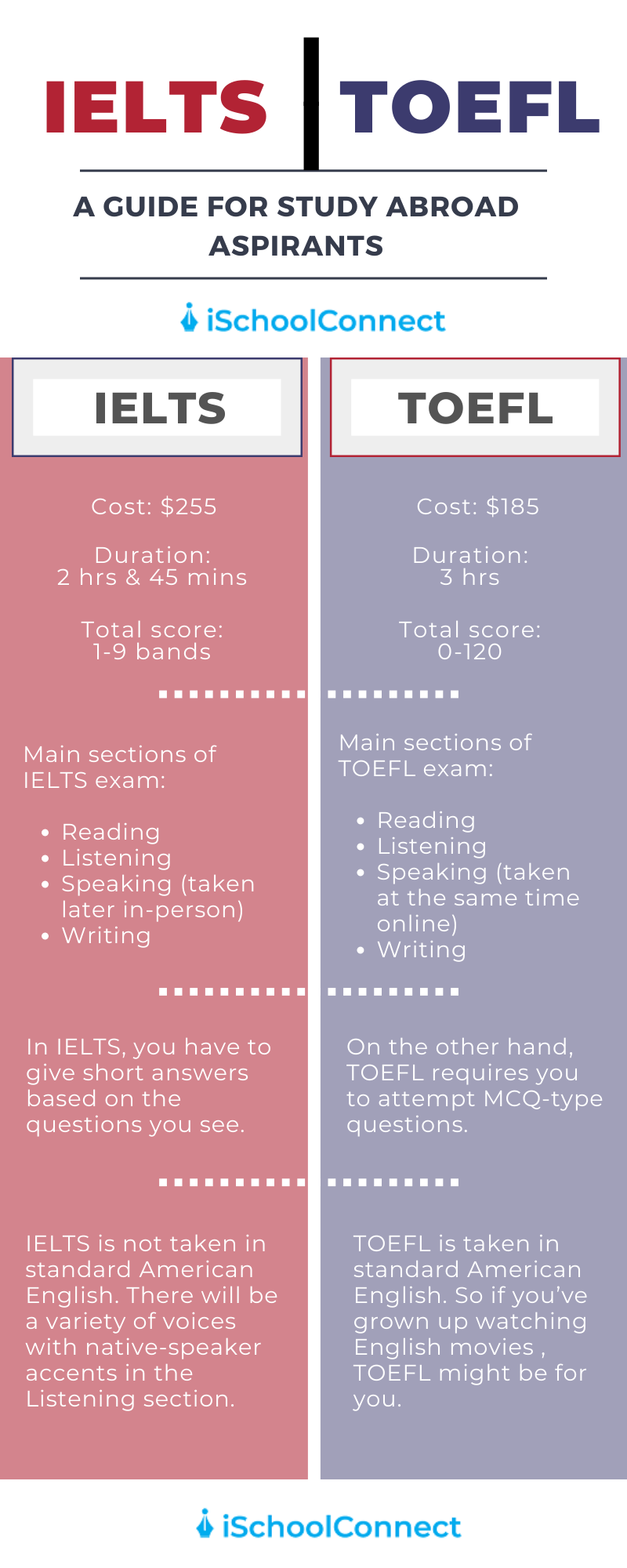
The IELTS exam has 4 sections: Listening, Reading, Writing, and Speaking. The total time to complete the test is 2 hours and 45 minutes. The Academic IELTS exam pattern is as follows:
Similarly, TOEFL has 4 sections: Listening, Reading, Writing, and Speaking. The total time given to complete the test is 3 hours. The Academic TOEFL exam pattern is as follows:
TOEFL Reading section vs IELTS Reading section

IELTS
The IELTS reading section has 3 passages with a total of 40 questions divided into a number of tasks. The candidate has to complete the paper in 60 minutes. The questions in different tasks range from multiple-choice, matching information, diagram labeling, and identifying information (question type: true or false). Also, the distribution of the number of questions in the tasks is not fixed.
TOEFL
The TOEFL iBT Reading section assesses how well you can read and understand materials used in an academic environment. It includes two reading passages, each approximately 700 words long, with 10 questions per passage. It should take about 35 minutes to complete the Reading section.
Reading passages are excerpts from university-level textbooks that would be used in introductions to a topic. The passages cover a variety of subjects.
Don’t worry if you’re not familiar with the topic of a passage. All the information you need to answer the questions will be included in the passage. There is a glossary feature available to define words not commonly used, if you need it.
IELTS Listening Section vs TOEFL Listening Section

IELTS
The IELTS listening Section has a total of 40 questions divided into 4 different tasks, which you have to finish in 30 minutes. The candidate listens to 4 different recordings, played only once. The recordings will be in a variety of voices with native-speaker accents. They can be a one-on-one conversation or a monologue on any topic. The questions range from multiple-choice, matching, map or diagram labeling, form completion, note completion, summary completion, and short answers.
TOEFL
TOEFL listening section contains 3 to 4 lectures, and some lectures contain classroom discussions. Each lecture is around 3-5 minutes long, and at the end of each, you have to answer 6 questions. Also included in this portion are normal, daily-life conversations. You’ll get to listen to 2-3 conversations, each being 3 minutes long. Additionally, you may have to answer 5 questions at the end of each conversation. The accents used in the listening portion are those of native speakers from all over North America.
IELTS Speaking Section vs TOEFL Speaking Section

IELTS
The IELTS speaking test is an interview with the examiner, which lasts up to 11-14 minutes. The test consists of 3 tasks. Task one is typically an introduction or an interview wherein the examiner asks the candidate for a personal introduction. The interview can go on for about 4-5 minutes. In the second task, the candidate gets a task card containing a topic to speak on. 1 minute is given to jot down the notes, and 1-2 minutes are given to talk on the topic. At the end of the 2 minutes, the examiner can ask a couple of questions based on your topic. Task three is related to the previous task. The topic from task two is discussed in-depth and in an abstract way. This task can end in 4-5 minutes. In some cases, they conduct the speaking test on a different day.
TOEFL
TOEFL Speaking test consists of 4 tasks. You’ll be assigned 1 independent task to express your opinion on a topic you’re familiar with. You’ll have 30 seconds to prepare your response. Apart from that, you will have 3 integrated speaking tasks based on reading and listening. You’ll have 1 minute to prepare your response. The total time allotted for this section is 17 minutes. The scoring is out of 0-4 points; the points are then converted to a scale between 0 to 30. You can find an example of the speaking section here. This example is 11 seconds long, and you have 45 seconds to respond.
IELTS Writing Section vs TOEFL Writing Section

IELTS
The IELTS writing test consists of two sections with a total test time of 60 minutes. Section one consists of various types of visual information(e.g.: graphs or pi diagrams). They expect candidates to elaborate the visual information in precisely 150 words. Section two consists of a topic to write on where candidates elaborate on an argument or a topic in not less or more than 250 words.
TOEFL
You’ll have two tasks in this TOEFL Writing section of the test-
- Section 1- An integrated task based on what you read and heard. You’ll have 20 minutes to complete this.
- Section 2- An independent task to support an opinion on a topic. You’ll have 30 minutes to complete this.
The total time in this section is 50 minutes. The scoring is on a point range of 0 to 5, which is later converted to a score scale of 0 to 30.
IELTS vs TOEFL | Who accepts what?
IELTS
Several universities accepted the IELTS, including those in Canada, the US, Australia, New Zealand, the United Kingdom, etc. All in all, the IELTS exam scores are accepted by 10,000 institutions in more than 140 countries around the world.
TOEFL
Some of the top countries that accept TOEFL include the United States of America, Canada, Australia, New Zealand, the United Kingdom, and many other institutions across Europe and Asia
Major difference between TOEFL and IELTS
If you have read so far, you must’ve already noticed a few subtle yet important differences between the two exams. Let’s point them out-
- While TOEFL is ONLY computer-based, IELTS is both paper and computer-based. So if you’re more comfortable taking an exam on paper, you can choose IELTS.
- The speaking section for these two exams is so different. In IELTS, you have to appear for a personal interview. This isn’t the case in TOEFL, where you can speak to the computer during your online test itself.
- They take TOEFL in standard American English. So if you’ve grown up watching English movies and binge-watch sitcoms even today, TOEFL might be for you.
- The essay they expect you to write in the TOEFL writing section is lengthier. It also demands a fast typing speed. On the other hand, if you type slowly but have legible handwriting, you can go for TOEFL.
- In IELTS, you have to give short answers, which is not the case in TOEFL. TOEFL requires you to attempt MCQ-type questions.
- The reading passages in TOEFL are more informative than entertaining. This means that if you like reading non-fiction, news, etc., you will find this exam easier to attempt.
IELTS vs TOEFL Which is easier?
All these parameters and information mentioned above should help you decide which entrance exam to choose, IELTS vs TOEFL.
However, if you’re still confused, remember that these exams cost approximately the same and the price should not be your deciding factor.
Look at what you’re better at – if it’s academic reading, online interviews, MCQs, and typing on keyboards instead of writing, go for TOEFL.
Otherwise, choose IELTS.
The answer to IELTS vs TOEFL, which is easier, is, as you must’ve realized, subjective.
Once you’ve decided, you must find the right test prep course, make your study plan, and start preparing!
Key takeaways
- IELTS and TOEFL are both English proficiency tests but have different formats and are preferred by different universities and countries. It’s important to consider the requirements of your chosen institution and destination when deciding which test to take.
- IELTS is accepted by 10,000 institutions in over 140 countries, including popular study destinations like Canada, the US, Australia, New Zealand, and the UK. TOEFL is also widely accepted, especially by American institutions.
- The sections and question types in the reading, listening, speaking, and writing sections differ between IELTS and TOEFL. For example, IELTS reading has three passages with various question types, while TOEFL reading consists of multiple-focus passages with 10 questions each. The speaking section in IELTS is an interview format with the examiner, while TOEFL includes independent and integrated speaking tasks.
And in case you get stuck or need any kind of help, you can also reach out to us! We’d be happy to help!
Like this blog? Then read 5 useful tips on how to prepare for TOEFL with detailed study plans!
FAQs
Question 1: Are IELTS and TOEFL mandatory to answer?
Answer: Since the exams test your English proficiency, they are mandatory while applying for universities abroad. However, you have to answer either one of them!
Question 2: How can I prepare for both exams?
Answer: Preparing for both IELTS and TOEFL isn’t that difficult. All you have to do is practice the mock papers thoroughly and keep calm. If you want assistance for the same, get in touch with us today!
Question 3: What are the sections to prepare for both exams?
Answer: For both IELTS and TOEFL, you have to prepare for the reading, listening, speaking, and writing sections.
Question 4: Is IELTS harder than TOEFL?
Answer: The difficulty of IELTS compared to TOEFL varies for individuals; some find IELTS speaking more challenging due to the face-to-face format, while others may struggle with TOEFL’s academic focus and timed tasks. Ultimately, the perceived difficulty depends on personal strengths and preferences.
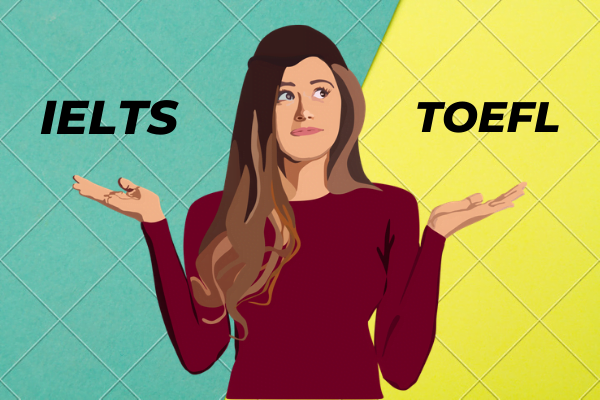



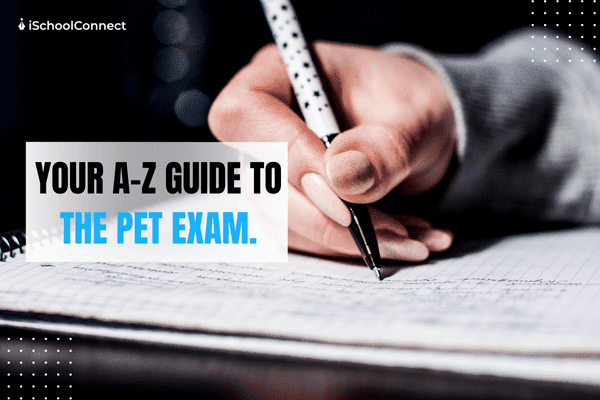
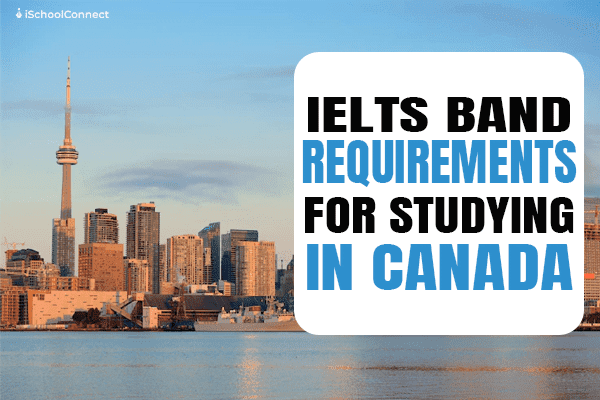

Really loved the words
I wish the article had straight pointers.
This looks very useful for me.
Hey Fahim,
We’re glad you liked the blog and found it helpful.